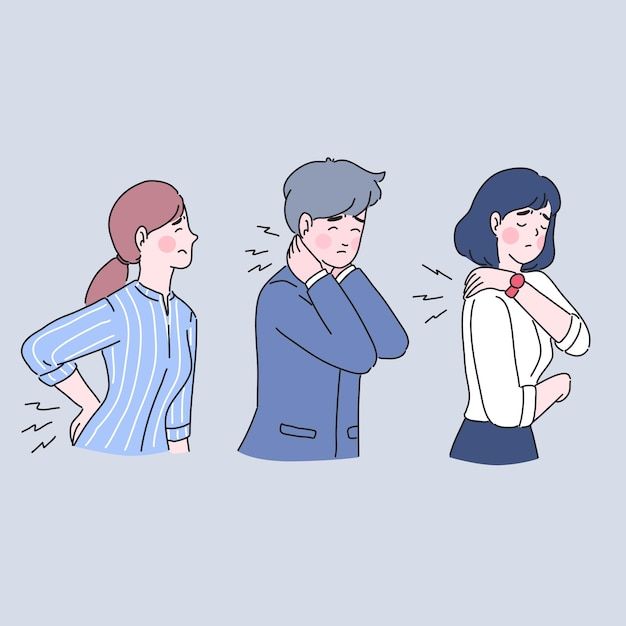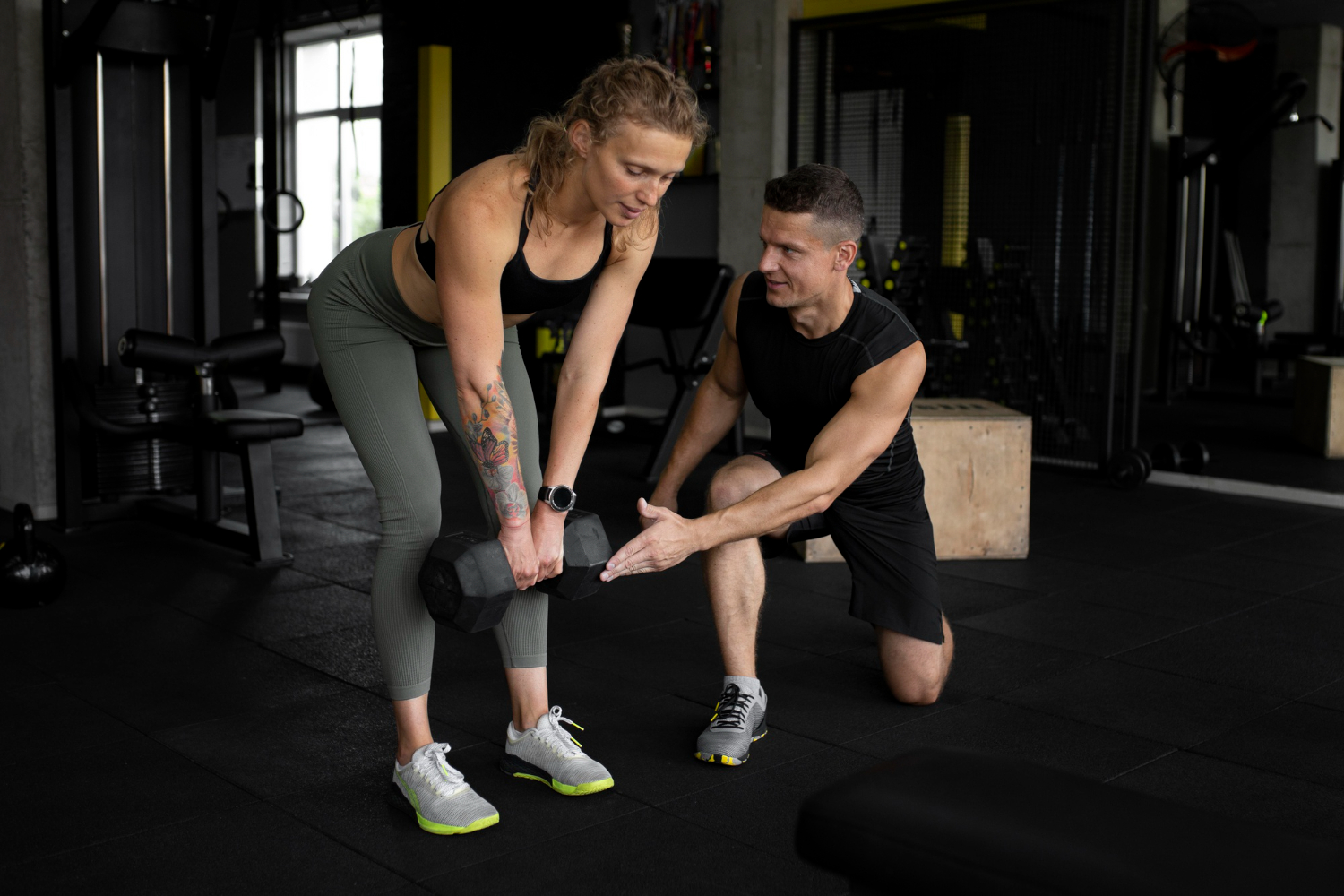
Introduction: Living with chronic pain can feel like traversing an endless desert with no oasis in sight. Each day presents its own set of challenges, from managing discomfort to navigating the emotional toll it takes on your well-being. But amidst the struggle, there is hope. This guide is a beacon of light for those weary souls who are tired of the relentless grip of chronic pain. Here, we’ll explore strategies, insights, and perspectives to help you reclaim your life and find moments of joy and fulfillment beyond the pain.
Acute episodes of low back pain can be alleviated by a variety of pain management approaches, such as massage, heat and cold therapy, and over-the-counter pain medicines. There are further options for long-term rehabilitation and increased mobility, including as physical therapy and chiropractic adjustments.
Pain o soma 500mg This medication helps with swelling and stiffness by acting as an anti-inflammatory and relaxing the skeletal muscles. The neurotransmitters in the brain are responsible for these symptoms, so blocking them is essential for treatment to function. The capacity to use the muscles is improved when stiffness or spasms are effectively decreased
Understanding Chronic Pain: Before we embark on this journey, it’s essential to understand what chronic pain is and how it impacts our lives. Chronic pain isn’t just a physical sensation; it’s a complex interplay of biological, psychological, and social factors. It can stem from various sources, such as injuries, medical conditions, or even stress and emotional trauma. Unlike acute pain, which serves as a warning signal for tissue damage, chronic pain persists long after the initial injury has healed. This persistent pain can disrupt every aspect of our lives, from our physical abilities to our mental health and relationships.
Navigating the Emotional Landscape: One of the most challenging aspects of chronic pain is its emotional toll. It’s not just about physical discomfort; it’s about the constant battle with negative emotions like frustration, anxiety, and depression. Coping with chronic pain requires a shift in mindset, a willingness to acknowledge and address these emotions head-on. Through techniques such as mindfulness, cognitive-behavioral therapy, and self-compassion, we can learn to reframe our thoughts and cultivate a sense of inner peace amidst the storm of pain.
Holistic Approaches to Pain Management: While medication can provide temporary relief, true healing often requires a holistic approach that addresses the root causes of pain. This may involve a combination of conventional treatments, such as physical therapy and medication, alongside alternative therapies like acupuncture, yoga, and massage. By treating the body, mind, and spirit as interconnected systems, we can create a comprehensive pain management plan that promotes overall well-being and resilience.
Finding Meaning and Purpose: Chronic pain has a way of overshadowing our lives, making it difficult to see beyond the daily struggle. However, even in the midst of pain, there are opportunities for growth and transformation. By tapping into our passions, interests, and values, we can find meaning and purpose that transcends our physical limitations. Whether it’s pursuing creative outlets, volunteering in our communities, or deepening our spiritual practices, finding purpose can give us the strength and motivation to keep moving forward, even on the darkest days.
In most cases, a prescription for 350 milligrams of Soma—the street value—is necessary for the treatment of muscles that hypertense and remain rigidly constricted, resulting in pain and discomfort. Muscle relaxants that alleviate pain, like Prosoma, function by impacting the central nervous system. One of the main ways that Prosoma 350 mg works is by blocking the brain’s pain receptors. When these GABA receptors detect pain, they send a signal to the rest of the body
Prosoma 350 mg For injuries and orthopedic issues, it helps reduce swelling and ease muscle cramping. Carisoprodol, the active component, helps alleviate muscle tension by changing the transmission of impulses in the central nervous system.
Building a Support Network: No one should have to face chronic pain alone. Building a strong support network is essential for navigating the ups and downs of this journey. This network may include friends, family members, healthcare providers, support groups, or online communities. Surrounding ourselves with people who understand and validate our experiences can provide comfort, encouragement, and practical assistance when we need it most. Additionally, connecting with others who are on a similar path can remind us that we are not alone in our struggles and that there is hope for a brighter future.
Cultivating Resilience: Resilience is the ability to bounce back from adversity stronger than before. While chronic pain may test our resilience, it also provides an opportunity to cultivate this essential quality. By developing coping skills, fostering a positive mindset, and practicing self-care, we can build resilience that serves us well in the face of life’s challenges. Remember, resilience isn’t about avoiding pain or pretending everything is fine; it’s about embracing our struggles with courage and perseverance, knowing that they have the power to transform us in profound ways.
Embracing Moments of Joy: In the midst of chronic pain, it’s easy to overlook the moments of joy and beauty that surround us. However, learning to cultivate gratitude and mindfulness can help us savor these moments, however fleeting they may be. Whether it’s a gentle breeze on a sunny day, a heartfelt conversation with a loved one, or a simple act of kindness from a stranger, these moments remind us that there is still beauty and goodness in the world, even in our darkest hours.
Conclusion: Living with chronic pain is undeniably challenging, but it does not have to define us. By adopting a holistic approach to pain management, nurturing our emotional well-being, and cultivating resilience, we can reclaim our lives and find moments of joy and fulfillment beyond the pain. Remember, you are not alone on this journey. Together, we can embrace life with courage, hope, and resilience, one step at a time.








